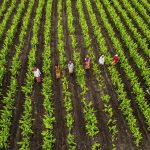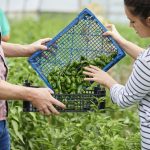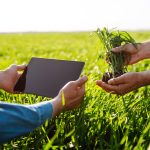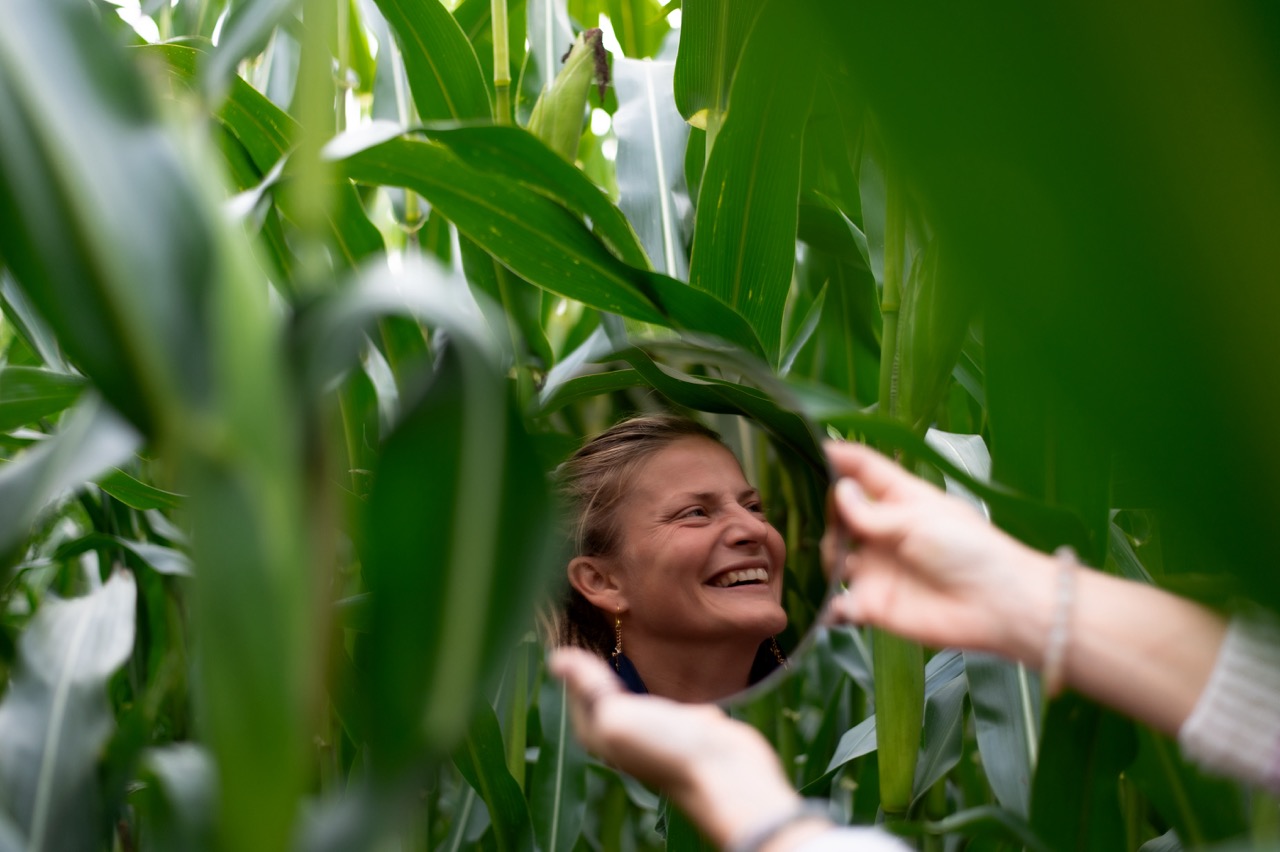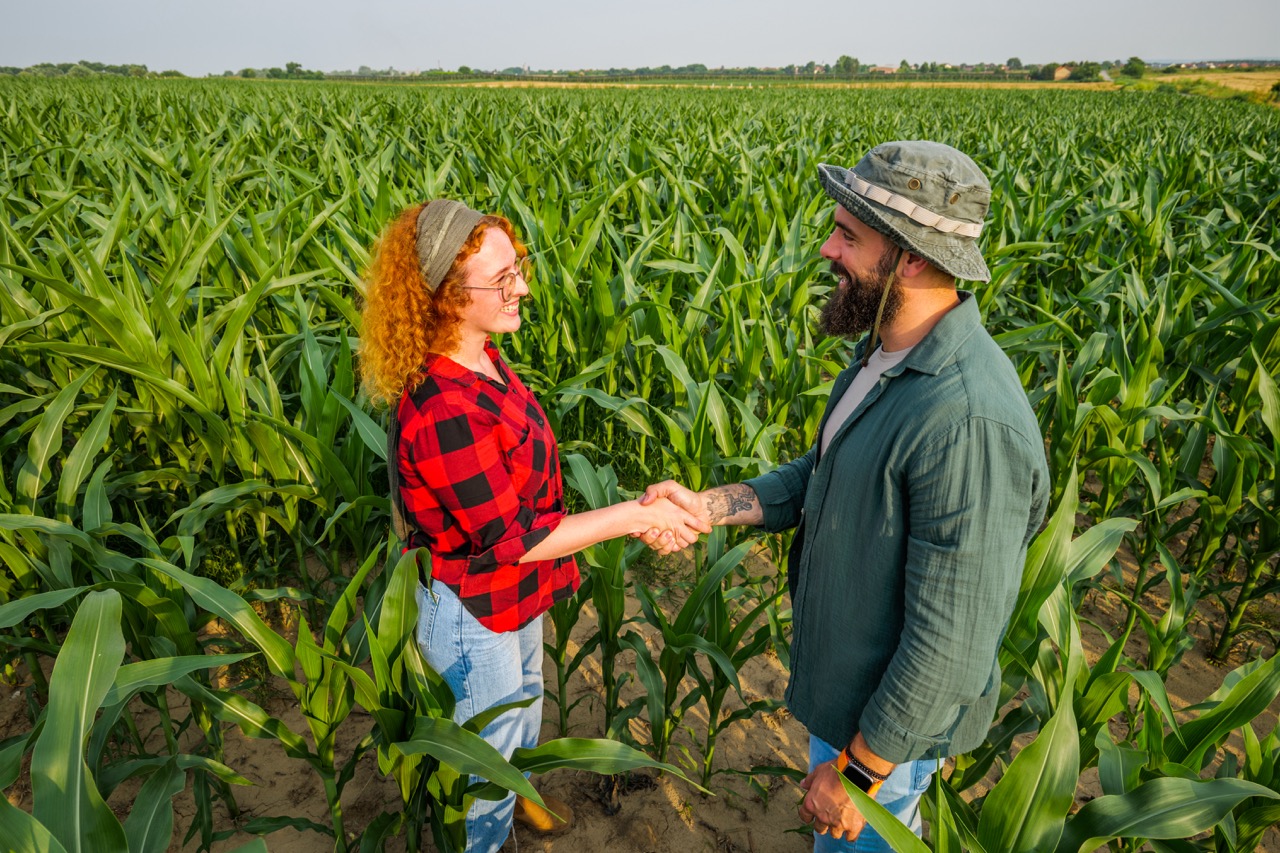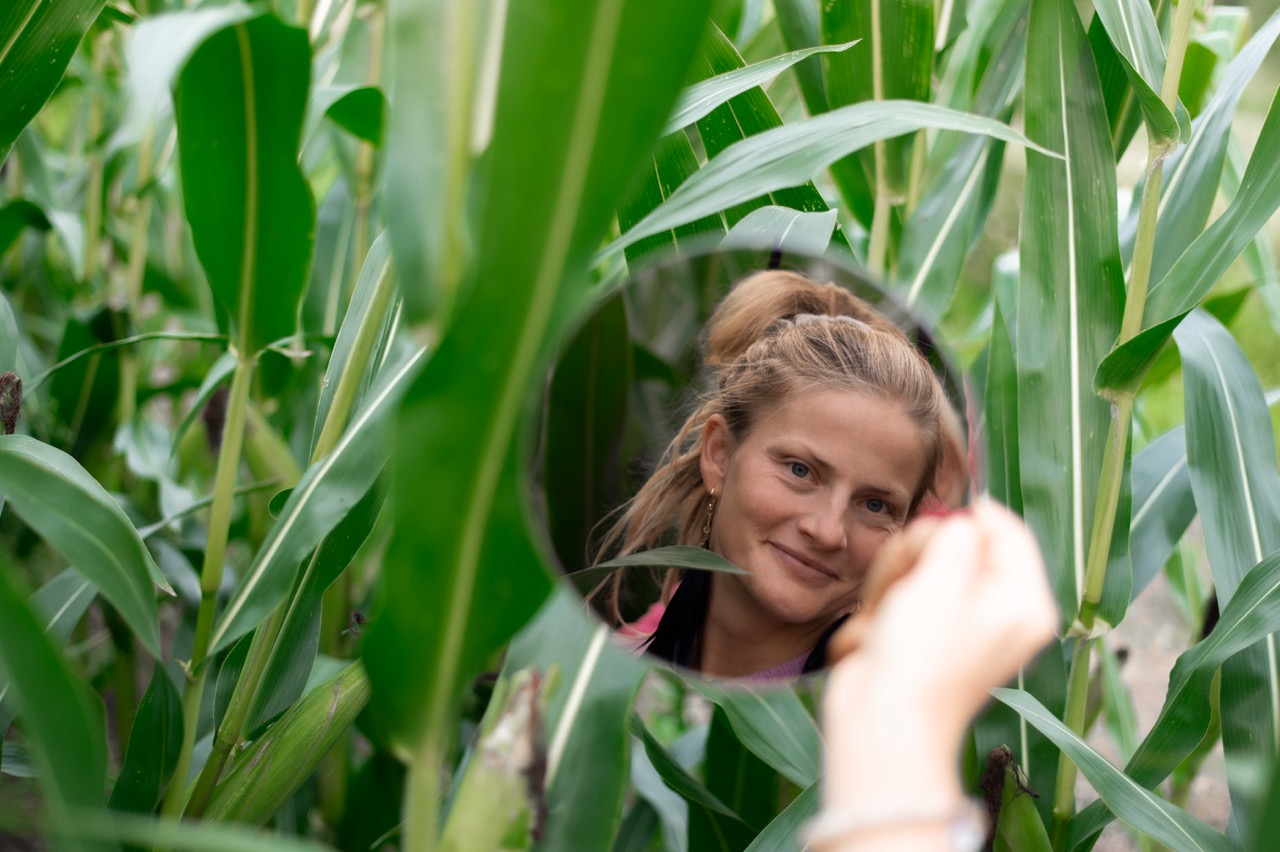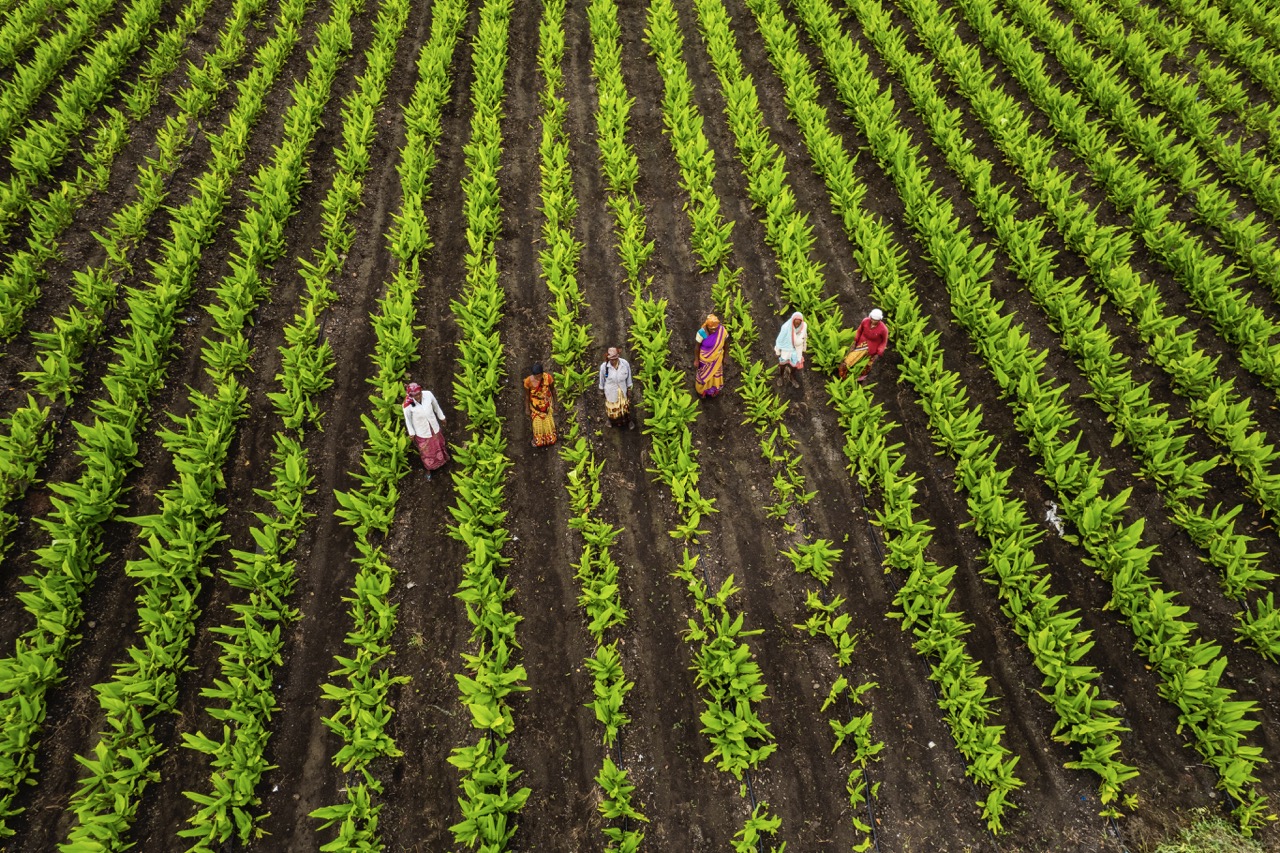In recent years, food sovereignty has emerged as a critical concept in discussions about sustainable agriculture and local food systems. It emphasizes the right of communities to define their own food systems, prioritizing local production, ecological soundness, and social equity. One often-overlooked mechanism that can facilitate food sovereignty is sharecropping, a system that, despite its historical stigmas, offers unique advantages for local food production. This article explores the multifaceted role of sharecropping in fostering food sovereignty, emphasizing its contributions to local food systems, community resilience, resource accessibility, and sustainable agricultural practices.
Understanding Sharecropping’s Role in Local Food Systems
Sharecropping is a farming system that allows landowners to lease their land to tenants who cultivate crops in exchange for a share of the harvest. Traditionally associated with the post-Civil War South in the United States, sharecropping has evolved into a more inclusive model that can empower marginalized farmers. By providing access to land without the burdens of ownership costs, sharecropping supports the cultivation of diverse crops that cater to local tastes and preferences, reinforcing the community’s connection to its food sources.
This model aligns well with the principles of food sovereignty by enabling local producers to grow food that meets the needs and cultural preferences of their communities. Sharecroppers often cultivate heirloom varieties and sustainably sourced crops that are in line with traditional practices, enhancing local biodiversity. Additionally, by prioritizing local production, sharecropping helps reduce the carbon footprint associated with food transportation, an essential consideration in today’s climate-conscious world.
Moreover, sharecropping can foster cooperative relationships among farmers who work together to grow and distribute food. These collaborations can lead to the establishment of local markets and food cooperatives that further empower communities to take control of their food systems. When sharecroppers collaborate, they not only strengthen local economies but also create a more resilient food network that is less reliant on external market forces.
The Impact of Sharecropping on Community Resilience
Community resilience refers to the ability of communities to adapt and thrive amidst external pressures and challenges, such as economic downturns, climate change, and food insecurity. Sharecropping plays a pivotal role in enhancing community resilience by creating a stable income source for small-scale farmers and their families. By providing access to land, sharecropping allows communities to grow food locally, reducing reliance on fluctuating market prices and enhancing food security.
Furthermore, sharecropping promotes economic diversity within rural communities. By involving multiple stakeholders in the food production process, it encourages the development of skills and knowledge transfer between experienced and novice farmers. This sharing of expertise can lead to innovative farming practices and strategies that enhance productivity and sustainability, ultimately strengthening the community’s capacity to respond to challenges.
Finally, the social networks formed through sharecropping contribute significantly to community resilience. Sharecroppers often rely on each other for support, resources, and guidance, creating a sense of solidarity among farmers. This social cohesion is invaluable during times of crisis, as communities that are tightly knit are better equipped to rally together and share resources, whether it be labor, knowledge, or even financial assistance to weather unforeseen hardships.
Bridging Gaps: Sharecropping and Access to Resources
One of the primary barriers to pursuing sustainable agriculture is the access to resources, including land, capital, and technical knowledge. Sharecropping addresses some of these barriers by allowing farmers to access land without the need for significant financial investment in ownership. This arrangement opens up possibilities for disadvantaged groups, including low-income families and marginalized communities, who may otherwise be excluded from agricultural participation.
Additionally, sharecropping can facilitate access to markets and distribution channels. By forming cooperatives or alliances, sharecroppers can pool their resources and collectively negotiate better prices for their produce. This can lead to more equitable financial returns for farmers, enabling them to reinvest in their practices and communities. This collective approach not only enhances individual livelihoods but can also drive broader economic development within the community.
Moreover, sharecropping can create opportunities for education and training in sustainable agricultural practices. Partnerships with agricultural organizations, NGOs, and educational institutions can be fostered through sharecropping arrangements, providing farmers with access to workshops, resources, and best practices. This knowledge transfer is crucial in implementing sustainable techniques that promote soil health, conserve water, and reduce chemical inputs, ultimately leading to more resilient food systems.
A Path Forward: Sharecropping for Sustainable Agriculture
Looking ahead, sharecropping presents a viable pathway to promote sustainable agriculture that prioritizes local food sovereignty. To maximize its potential, it is essential for policymakers to recognize and support sharecropping arrangements through equitable legislation and funding opportunities. By investing in community-based agricultural programs and providing resources for land access, governments can empower sharecroppers to contribute significantly to local food systems.
Additionally, the integration of technology in sharecropping practices can enhance productivity and sustainability. For instance, precision agriculture and data analytics can be used to optimize crop yields, while also minimizing resource use. Training programs focused on incorporating technology into traditional farming practices can help sharecroppers adapt to modern challenges while maintaining their commitment to local food sovereignty.
Finally, a collaborative approach that includes local governments, NGOs, and community organizations can amplify the benefits of sharecropping. By fostering partnerships that support training, resource sharing, and market access, stakeholders can create a sustainable ecosystem where sharecropping thrives. This collective action not only bolsters local economies but also reinforces the community’s right to define its food systems, ultimately leading to greater food sovereignty.
Sharecropping has the potential to be a transformative force for food sovereignty, allowing communities to reclaim control over their food systems while promoting sustainable agricultural practices. By understanding and leveraging this farming model, stakeholders can create resilient local food networks that enhance community well-being and ecological health. As we navigate the complex challenges of food security and sustainability, embracing sharecropping may be an essential step toward a more equitable and self-determined future for food production.



